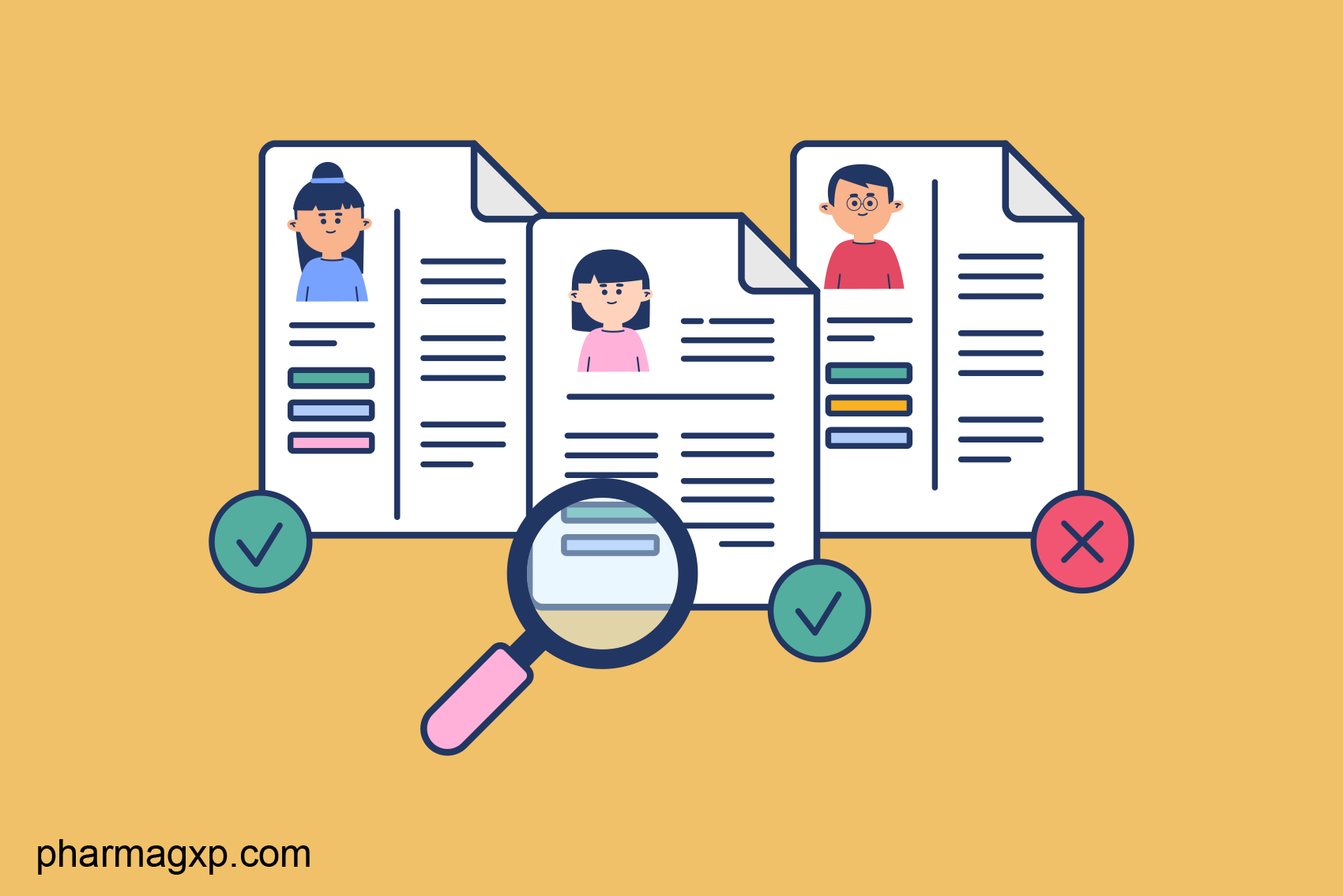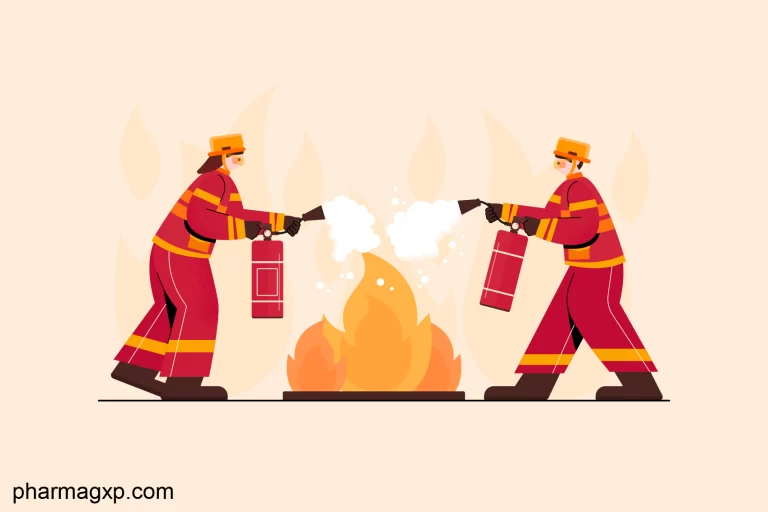10 Critical Pharma Resume Mistakes You Must Avoid

One of my peers once told me that no matter how hard he tried to impress recruiters, his pharma resume just didn’t work.
When I checked his pharma resume, I spotted multiple issues he wasn’t even aware of. After making the right corrections, he started getting interview calls.
The real problem? He was too focused on impressing instead of expressing. And it showed in his resume. But a resume should be about facts, not fluff.
That’s when he realized he wasn’t making his case strong enough. His resume wasn’t a true reflection of his professional competence.
There are plenty of ways to optimize a pharma resume. But certain mistakes? They can kill your chances completely.
Let’s go over the biggest pharma resume mistakes that could cost you job opportunities and how to avoid them.
Table of Content
1. Incomplete Information
Recruiters need key details to reach you fast. If your resume lacks basic info, it’s an instant red flag.
- Contact Details – Email, Phone No., Address, etc.
- Latest Educational Qualification – No need for a detailed academic table. Just list your highest degree.
- Job Timelines – Clearly mention start and end dates (e.g., From DD-MM-YYYY to DD-MM-YYYY – X Years).
- Declaration – Add a simple undertaking at the end.
A common mistake? Hiding personal details inside headers. Many online tracking systems (ATS) won’t recognize them, marking your info as “missing”.
Use space wisely. If recruiters can’t find what they need fast, your pharma resume template gets ignored.
2. Typographical and Grammatical Mistakes
Your resume is your first impression. Sloppy grammar and typos? A recruiter’s biggest turn-off.
A few minor mistakes might slide. But too many? It screams poor attention to detail a deal-breaker in pharma.
A survey found that typos get noticed more than anything else in resumes. And not in a good way.
So here’s how to fix it:
✅ Get a second pair of eyes. Ask a trusted colleague to review your resume. When you write something yourself, it’s easy to miss errors.
✅ Use grammar-checking tools. They won’t catch everything, but they’ll clean up most mistakes.
Bottom line? No matter how good your experience is, careless errors will cost you interviews.
3. Stop Listing Responsibilities. Show Achievements in your Pharma Resume.
Nobody cares about your daily tasks. Recruiters want to see impact.
Your milestones tell them if you’re results-driven or just another employee ticking boxes.
Check out these two examples:
❌ Responsible for conducting routine manufacturing activities and ensuring yield within acceptable criteria.
✅ Optimized drug manufacturing processes, improving yield consistency. Recognized for enhancing productivity by 10% in FY2019-20.
See the difference? The second one screams results and value.
Here’s how to level up your resume:
- Use action verbs. Ditch “responsible for.” Instead, go with spearheaded, implemented, achieved, optimized – words that show ownership.
- Quantify your impact. Numbers = credibility. Whether it’s cost savings, efficiency improvements, or production boosts, show the data.
Make your pharma resume work for you. Show what you did and why it mattered.
4. Stop Sending the Same Resume Everywhere
One-size-fits-all? Not in the job hunt.
Recruiters want to see how you fit their specific role – not a generic resume that looks like everyone else’s.
Here’s how to tailor your resume for each opportunity:
- Analyze the job description. What are the key performance indicators (KPIs) they care about?
- Highlight your relevant skills. Match your experience with what they’re actually looking for.
- Use the right keywords. Applicant tracking systems (ATS) scan for role-specific terms. If they don’t find them, your resume goes nowhere.
- Save it the right way. Convert to PDF and rename like this:
✅ John_Resume_CompanyName_Position.pdf
Makes retrieval easy when following up.
Customize. Optimize. Get noticed.
5. Weak Objective Statement & No Professional Headshot
Skipping an objective statement? That’s a missed opportunity.
Many candidates either leave it out or use vague, generic lines like “Seeking a challenging role to grow my career.” That tells recruiters nothing.
Instead, make it specific and impactful:
✅ QA Professional with 10+ years of experience, reducing quality issues by 30% across multiple MNCs.
A strong statement gives instant clarity on your value.
Professional Headshot (For International Hiring)
A polished, professional photo boosts credibility—especially for global roles.
✅ Keep it simple: Wear formal attire, use a plain white background, and maintain a confident, approachable expression.
It’s not just a picture. It’s your first impression.
6. Poor Design and Cluttered Layout
First impressions matter. And your resume’s design says a lot before a recruiter even reads a word.
Messy layouts? Hard-to-read fonts? Overuse of bold text? That’s a hard pass.
Keep it clean, structured, and easy to scan.
- Stick to a simple, readable format
- No black backgrounds with white text (avoid unnecessary contrast)
- Skip tabulated education details—just list your latest degree with % or grade
- Include your LinkedIn profile for added credibility
Also, avoid over-formatting. Bold only what truly matters. The goal? A clear, professional resume that puts your skills front and center.
7. Trying Too Hard to Impress
Stuffing your pharma resume with flashy buzzwords? Big mistake.
Recruiters see right through vague terms like:
❌ Problem solver
❌ Hardworking
❌ Dynamic
❌ Strategically sound
❌ Thinking outside the box
These words sound good, but they don’t prove anything. And when asked to justify them in an interview, it gets awkward – fast.
Instead, show your skills through real achievements. Use specific, measurable outcomes that highlight what you bring to the table.
Bottom line? Keep it real. Let your work speak louder than empty buzzwords.
8. Keep It Under 3 Pages
Your pharma resume isn’t a research paper. Keep it short, sharp, and to the point.
Recruiters don’t have much time to filter the keywords they are searching for, so it is better to respect it.
- Less than 3 pages (unless you’re a seasoned pro with decades of experience).
- For freshers? 1-page resumes work best – take notes from Elon Musk.
- Use infographics to save space and make info pop.
Recruiters skim resumes in seconds. If they can’t find what they need fast, they move on.
Less clutter. More impact. That’s how you land interviews.
9. Including Personal Information
Recruiters don’t need to know your gender, marital status, religion, or hobbies. That’s outdated.
🚫 Clutters your resume
🚫 Not required (especially in India)
🚫 Irrelevant to hiring decisions
Exception? Some international roles may require it – check before applying.
Otherwise, keep it clean and professional.
10. Stop Keyword Stuffing
Jamming your pharma resume with too many keywords won’t fool recruiters. It just makes your resume look lazy and forced.
🚫 Looks unnatural
🚫 Feels robotic
🚫 Hurts readability
Instead, use keywords strategically – make them blend seamlessly into your achievements and experience. Quality over quantity always wins.
Conclusion
Avoiding these mistakes makes your pharma resume clean, professional, and recruiter-friendly.
This list isn’t exhaustive, but it’s enough to boost your chances of getting interview calls.
Need a head start? Novoresume has design-ready templates to make your resume stand out.
Once your pharma resume is polished, it’s time to crush the interview.
Now over to you – which mistake have you been making? Did I miss anything? Drop it in the comments!



Very Good One Saket. It’s been a good read.
Thanks Robin.
Apt guidelines giving resume particulars for new entrants in pharmaceuticals. Thanks for sharing!
You’re welcome, Suresh. Glad you found it useful. 🙂